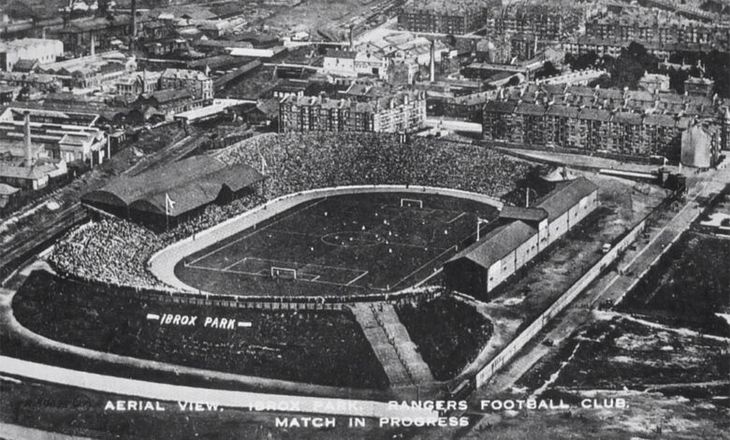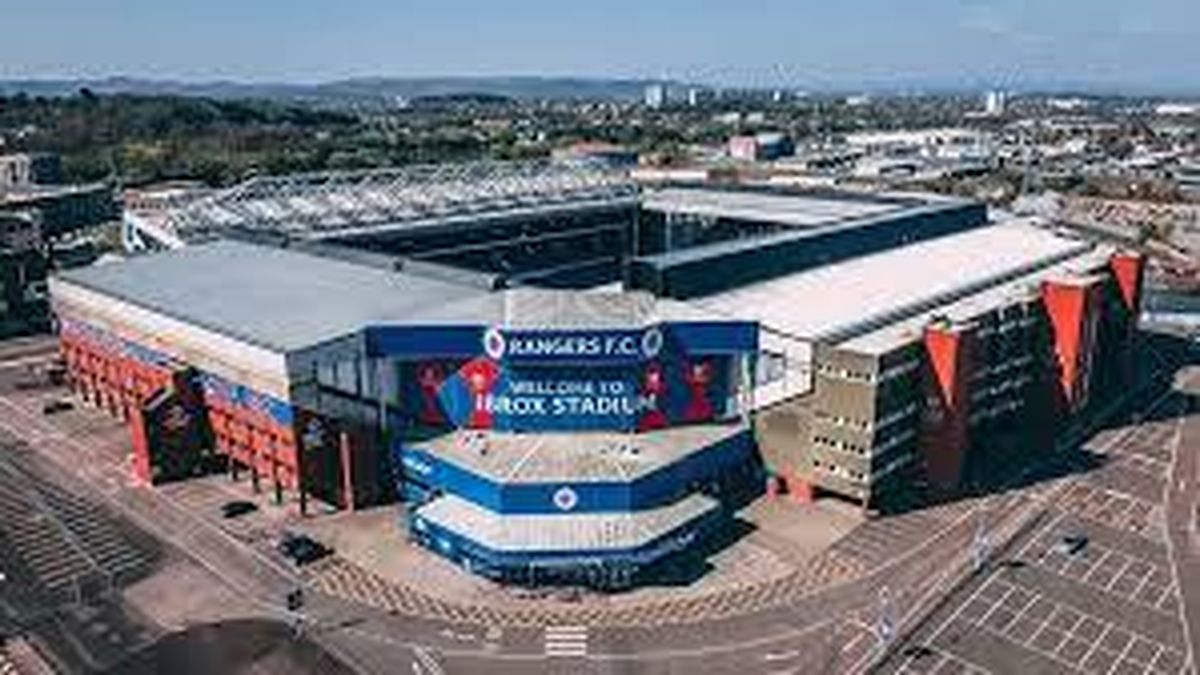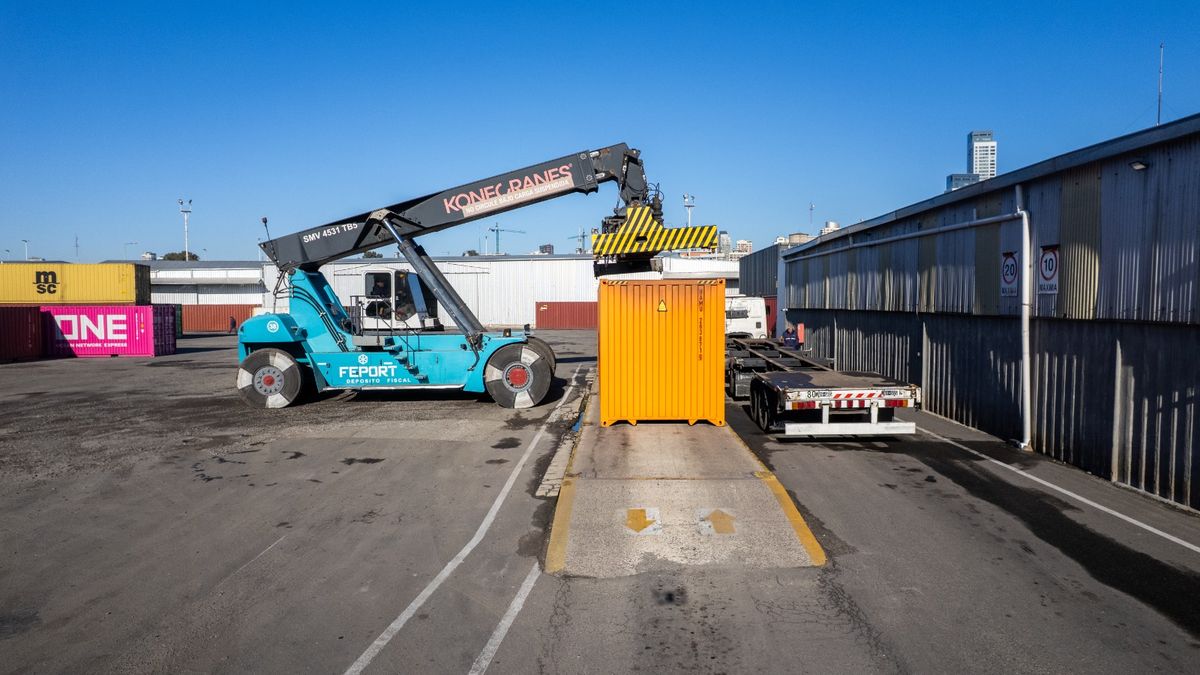The disasters at Ibrox Park left a deep mark on football and changed safety standards in sports stadiums forever.
Throughout the history of soccerseveral tragedies at sporting events have shaken the world. These episodes led to a significant evolution in stadium safety, with reforms that sought to prevent disasters. Among these cases, the events that occurred in Ibrox Park They are a dark reminder of the vulnerabilities of sports infrastructures of the past.
The content you want to access is exclusive to subscribers.
Ibrox Park, now a modern and safe stadiumwas at the time the scene of tragedies that marked the Scottish football. For much of the 20th century, this stadium housed fatal incidents that claimed the lives of dozens of people, leaving an indelible mark in the history of Rangers Football Club and its fans.


Ibrox-Park-1910-780×470.jpg

The history of this venue is an example of how disasters in football can motivate improvements and drastic changes in sports safety.
What were the tragedies of the Ibrox Park disaster
Throughout its history, this stadium suffered several disasters that marked the football community of Scotland. The first major incident occurred on April 5, 1902, when the newly built west stand of the stadium collapsed in the middle of a match between the local team and the team. England. Heavy rain the previous day had weakened the foundation, resulting in the structure falling and death of 25 people, in addition to more than 500 injuries.
After this tragedy, changes were implemented in the construction of the stadiums of the United Kingdombanning wooden structures and promoting the creation of safer embankments. However, despite these reforms, Ibrox would continue to be the scene of new incidents. In the 60s, the feared staircase 13, near the train station, became a critical point of insecurity. In 1961, two people were crushed to death on those stairs, and although costly improvements were made, the shadow of insecurity continued over the stadium.
In 1971, a new disaster struck the stadium. On January 2, during a classic between Rangers and Celtic66 people lost their lives when they were crushed in stand 13 when a stampede of fans broke out in their attempt to leave the stadium. Although the disaster was initially blamed on the reaction of returning fans upon hearing a goal, the official investigation revealed that the incident was a result of the crowd moving in the same direction, unable to stop once they began to fall.
The 1971 tragedy prompted a drastic overhaul of stadium safety regulations. In 1975, the Security Law in Sports Venues established more rigorous standards, which led to reducing the stadium’s capacity and undertaking extensive remodeling. Inspired by Germany’s modern football facilities, Rangers transformed Ibrox into a safe and modern space, culminating in its reopening in 1981 with a reduced capacity and new security measures.
Over the following decades, the stadium continued to improve its facilities. Despite initial criticism for the empty spaces between the stands, the changes made allowed Rangers to modernize their stadium and consolidate their number of members, expanding its capacity to 51,000 spectators.
Source: Ambito
I am Pierce Boyd, a driven and ambitious professional working in the news industry. I have been writing for 24 Hours Worlds for over five years, specializing in sports section coverage. During my tenure at the publication, I have built an impressive portfolio of articles that has earned me a reputation as an experienced journalist and content creator.




